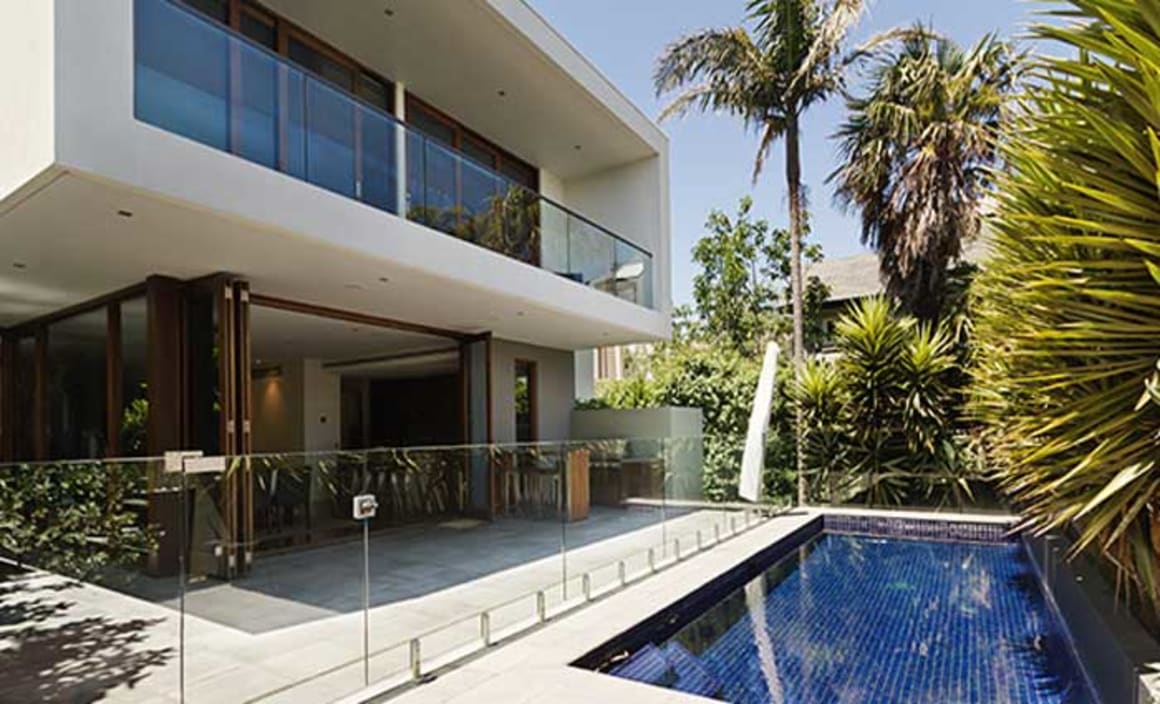The real cost of refinancing: RateCity


SPONSORED POST
There are a lot of reasons why Australians don’t refinance their home loans.
Some borrowers worry that switching lenders will take too much time, or require too much effort. Many home owners also feel that the benefits of switching lenders won’t ultimately outweigh the costs involved when refinancing.
Let’s take a closer look at the cost of switching lenders, and how to determine whether refinancing a home loan will ultimately be worth it.
How much does it cost to refinance?
The costs you may encounter when refinancing can vary, depending on the lenders involved and your financial situation. These costs can include:
- Discharge fees (average: $250) – when you end your current loan, you may have to pay a discharge fee to cover the lender’s admin costs. Discharge fees are different from exit fees, which were banned in July 2011, though if your home loan started before this date, they may still apply.
- Upfront costs (average: $400) – these include establishment fees, valuation fees and settlement costs.
- Break fees - if your current home loan is on a fixed rate, you could be charged expensive fees if you exit the loan early. These fees are often based on how much variable rates have dropped.
- Lender’s title insurance for fast track refinance ($500-$3000) – only charged if you opt for an accelerated refinance, this keeps the lender covered in case of problems during the fast-track process.
- Lender’s mortgage insurance or LMI (varies depending on circumstances) – only required if you’re unable to fulfil the new lender’s minimum loan-to-valuation ratio (LVR) requirements, usually 80 per cent. For example, for a $600,000 loan, you’d usually need to provide a minimum $120,000 security deposit to avoid paying LMI.
Keep in mind that you may not always need to pay every switching cost when you refinance. Some lenders may be willing to negotiate some of their fees and charges, or even waive them altogether to attract your business.
Breaking even
Once you know how much refinancing a home loan is likely to cost you in fees, charges and other expenses, it’s time to consider how long it will take before the savings from your new loan will make up for these costs.
Using RateCity’s home loan calculator, you can estimate the minimum repayments required by your new lender. By comparing these repayments to your old ones, you’ll know how much you could save on your mortgage each month, and from there how long it will take for these savings to cover your switching expenses.
For example, if your current mortgage is $600,000 on a 5 per cent interest rate with 20 years of repayments left, your current monthly repayment would be $3960. If you refinance onto a 3.64 per cent interest rate, you could reduce your monthly repayment to $3520 – a saving of $437 per month.
Assuming a switching cost of $1000 (a discharge fee of $300, application fee of $600 and settlement fee of $100), it would take you approximately 65 days to break even.
Also, if you could afford to keep paying the original monthly repayment of $3960, you would pay off more of your loan’s principal each month, ultimately reducing your loan term to 16.9 years. This would in turn reduce the amount of interest you’d have to pay, resulting in an average monthly saving of $688. This would allow you to break even on your switching costs in as little as 45 days.
When you consider that it’s possible to save an average of $39,000 on an average Australian home loan simply by refinancing with the RateCity Switch & Save Sale, the REAL cost of refinancing could come from not switching lenders soon enough!